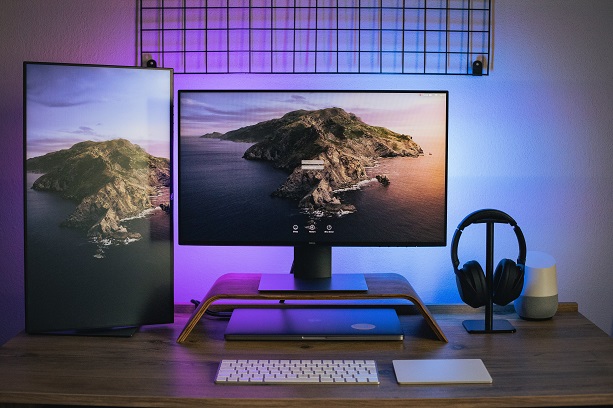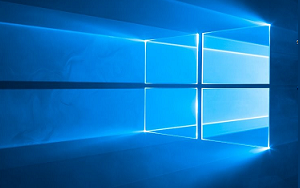Learn how to set up multiple monitors on Windows to enhance your workspace and productivity. Discover the hardware requirements, step-by-step instructions, and tips for optimizing your multi-monitor experience.
Setting up multiple monitors on your Windows computer can significantly increase your productivity and enhance your workspace. Whether you're working with complex spreadsheets, video editing, or simply want more space for multitasking, a multi-monitor setup is a game-changer. In this article, we will guide you through the process of setting up multiple monitors on Windows, discuss the hardware requirements, and share tips for optimizing your experience.
Hardware Requirements
Before you begin setting up multiple monitors, ensure that your computer and monitors meet the necessary hardware requirements:
- Compatible Graphics Card: Your computer's graphics card should support multiple monitors and have the appropriate video outputs (e.g., HDMI, DisplayPort, DVI, or VGA). Check the manufacturer's specifications for details.
- Monitors: Ensure you have compatible monitors with the necessary video inputs that match your graphics card's outputs. Some monitors may require adapters or converters to connect with your computer.
- Cables: You'll need the appropriate cables to connect your monitors to your computer, such as HDMI, DisplayPort, DVI, or VGA cables.
Step-by-Step Instructions
Follow these steps to set up multiple monitors on your Windows computer:
- Turn off your computer and monitors to avoid potential damage during the setup process.
- Connect your monitors to your graphics card using the appropriate cables. If necessary, use adapters or converters to match the video inputs and outputs.
- Turn on your computer and monitors. Windows should automatically detect the additional monitors.
- Right-click on an empty area of your desktop and select "Display settings" from the context menu.<
- In the Display settings window, you should see all your connected monitors represented as numbered boxes. Click on each box and adjust the display resolution, orientation, and scale to your preference.
- To arrange the monitors in the correct order, click and drag the numbered boxes to match their physical layout on your desk. This will ensure that your mouse cursor moves smoothly between the screens.
- Under the "Multiple displays" dropdown menu, choose how you want your desktop to be extended across the monitors. The most common option is "Extend these displays," which expands your workspace across all screens. Alternatively, you can select "Duplicate these displays" to show the same content on all monitors, or "Show only on" to use a specific monitor as your primary display.
- Click "Apply" to save your changes and then "Keep changes" to confirm the new settings. If you encounter any issues, you can revert to the previous settings by clicking "Revert."
Tips for Optimizing Your Multi-Monitor Experience
To make the most of your multi-monitor setup, consider the following tips:
- Use a Monitor Stand or Mount: A monitor stand or mount can help you position your monitors at the optimal height and angle for comfortable viewing and improved ergonomics.
- Adjust Monitor Settings: Spend some time fine-tuning your monitors' settings, such as brightness, contrast, and color balance, to ensure a consistent visual experience across all screens.
- Manage Windows with Keyboard Shortcuts: Learn some essential Windows keyboard shortcuts to quickly move and manage windows across your monitors. For example, use the Windows key + Arrow keys to snap windows to the sides of your screens, or Windows key + Shift + Arrow keys to move windows between monitors.
- Utilize Taskbar Options: Customize your taskbar settings in the "Taskbar" section of the "Personalization" settings to show the taskbar on all monitors or display taskbar buttons only on the monitor where the window is open.
Conclusion
Setting up multiple monitors on your Windows computer can greatly enhance your productivity and workspace. By following our step-by-step instructions and optimizing your multi-monitor experience, you can create a seamless and efficient computing environment that meets your needs and helps you work more effectively.








